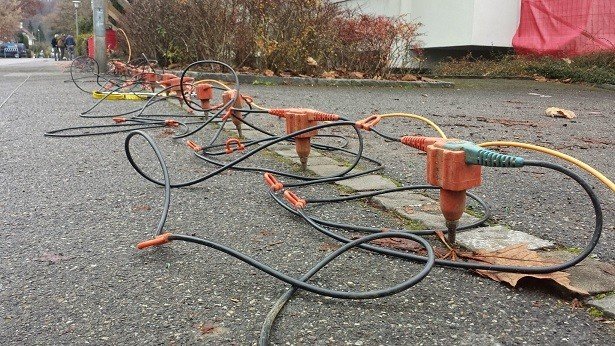How Does Regularly-Indexed CS Sampling Work?
Compressive Sensing (CS) is a well-known signal processing technique for acquiring and accurately reconstructing highly undersampled signals. This article will explain the basic theoretical basis for Compressive Sensing and how irregular seismic sampling can produce optimal reconstruction results.
Practical Compressive Seismic Workflow for Land Acquisition
Compressive Seismic (CS) is a brilliant idea with the potential to redefine the way we acquire seismic data. In this article, we will address the practical aspect of implementing CS in the field for land acquisition, beginning with pre-plots and obstacle definition and ending with reconstruction and processing.
Compressive Seismic Acquisition - Random vs Optimized
Compressive Seismic Acquisition (CS-A) is a non-uniform survey design technique that solves spatial aliasing issues on typically designed uniform seismic surveys. This article compares two different CS-A design implementations: random and optimized.
Compressive Seismic Recon - Is it Interpolation?
Most in the seismic industry are familiar with 5D interpolation. What makes CS-Recon different from interpolation? It's all about the math.
Traditional interpolation assumes that the sampled data is smooth and spatially band-limited and that consecutive samples are not significantly different. In the case of 5D interpolation, this assumption is made in each of the five dimensions. For spatially band-limited data, the results are reliable, and the signal can be recovered accurately.
Compressive Seismic Survey Design: Three Approaches
The central motivation behind Compressive Seismic is that by making your survey non-uniform, you can acquire fewer traces and get the same end result using an appropriate solver. There is a ton of math to support this theory, and much of the groundwork was done in medical imaging and optics, where Compressive Sensing is the norm.
When this technology was adapted for the seismic industry, there were three main philosophies regarding how it should be applied.
Compressive Seismic - Survey Design QC
Compressive Seismic surveys all look similar. How can we compare different designs to determine which is the best (without acquiring each one)?
In-Depth's patented MC-maps mathematically quantify how suitable a survey is for reconstruction at the design stage. It does this by measuring the normalized orthogonality of the singular vectors at each grid location (Jiang, 2018).
Compressive Seismic by Acquisition Type
Generally, seismic acquisition is defined as either land, marine, or transition zone. The commonality among them is that there are sources and receivers. Our method of CS conversion treats sources and receiver separately.
In this article we will explore different acquisition geometries and how they are converted to an optimized, regular indexed CS-friendly design.
Permian Basin Compressive Seismic Case Study
The Permian Basin is a prolific oil and gas producing region of the United States. Seismic imaging in the Permian is challenging due to the complex geological and environmental conditions in the region. The unconsolidated sediments near the surface attenuate seismic waves which makes it difficult to obtain a clear image of the deeper subsurface. Shallow gas hazards and acquisition holes due to permitting issues are also common. To overcome some of these challenges, high trace density (HTD) surveys are becoming increasingly common.
The following case study is an application of Compressive Seismic to further improve upon an HTD survey while considering practical acquisition design and risk management.
Announcement: In-Depth Optimized CS Survey Conversion now available in TesserACT and MESA
In-Depth's optimized CS Survey design uses our patented MC-map survey evaluation tool to minimize local mutual coherence throughout your entire survey. In other words, our technology determines how much information is actually lost in a particular area when removing sources and receivers from a survey, ensuring your data can be properly reconstructed after acquisition.









